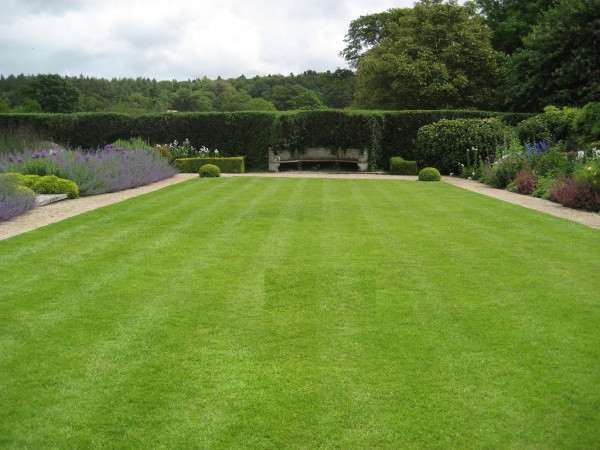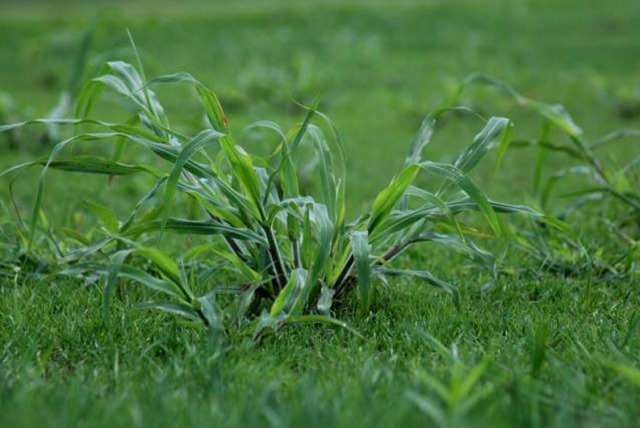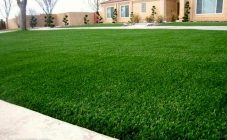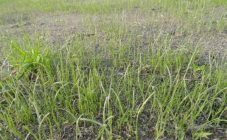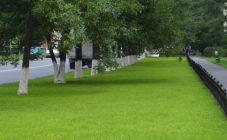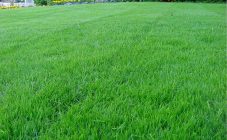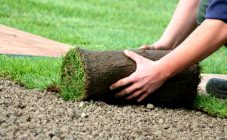Content:
The first parterre (Moorish) lawns appeared in the Middle Ages. With the advent of the Italian Renaissance, the design of gardens and parks was elevated to the rank of true art, and picturesque lawns were replaced by neatly trimmed lawns, for which special grasses were used for sowing.
The tradition of lawn care flourished in England. There he became an indispensable element of a well-to-do estate. Today in Russia the culture of lawns is undergoing a new birth. They are set up near educational institutions, administrative buildings and shopping centers, as well as on private household plots.
What plants are suitable for a parterre lawn?
If we talk about the European tradition, then an ordinary parterre lawn is sown with only one type of grass. In Russia, grass mixtures are used. This is due to national climatic characteristics, differences in soil composition. The mixtures contain plants that have the highest endurance, do not give waviness, do not form ugly yellow spots. The description is always worth studying carefully.
Among the most suitable herbs are:
- Red fescue... The succulent leaves of this herb are able to withstand and not turn yellow even in the most prolonged drought. Perennial rhizome fescue prefers slightly alkaline soils, such as light and heavy loams, where it is best sown. Prefers frequent feeding with organic fertilizers. In order for the roots of the lawn grass to go 75-120 cm deep, they need regular abundant watering. 2 years after sowing, the grass creates a powerful sod. The optimal cutting height for such a lawn is up to 5 cm.
- Thin bent... It is distinguished by an extremely high germination rate - a maximum of 7 days after sowing. He loves chernozems, as well as meadow soils with pH = 6.5. A powerful root system grows rapidly in breadth. The grass forms bushes or turf. Its cultivation is highly popular for its ability to retain a juicy green color throughout the summer and even autumn (until the first frost).
- Meadow bluegrass... The fibrous root system of the cereal produces a dense growth of leaves with curved tips. It differs from other cereals in a lower rate of green mass growth. However, it is well suited for long-term cultivation on regularly mowed lawns. Loves regular watering and loams with a pH of not higher than 7.5.
Parterre lawn: what is it?
In service, the parterre type of lawn is the most expensive, even ahead of the rolled one. According to the established tradition, its size significantly exceeds the area of other decorative elements: flower beds, borders, paths and platforms. The territory is sown with herbaceous perennial plants, which are closely monitored all year round, cutting and replacing areas affected by diseases. Care is mostly manual and only on very large areas is mechanized.
Diseases and pests
Weeds cause great harm to the decorativeness of the lawn. The fight against them in view of the large area of the plantation is most often carried out by spraying herbicides, as well as by mulching. This type of lawn is almost never weeded manually.
Common fungal diseases, as well as insect pests, are fought by treating the planting with systemic fungicides, as well as by regularly combing out dead wood. The fact is that it is in the dead grass particles that diseases like to multiply, as well as the larvae of various insects overwinter. Those diseases that arise due to stagnant water at the roots are fought by piercing the sod to improve aeration. This is done with a pitchfork or special shoes with spikes.
Helpful care tips
The first feeding of the parterre is done immediately after the soil thaws. To do this, take any nitrogen fertilizer. Three times a season, it is necessary to feed with phosphorus and potassium. If yellow spots appear on the site, then you need to water it with the addition of complex mineral fertilizer. The last time the lawns are fed a week before frost.
According to the general recommendation, you need to add nutrients to the soil one day after each haircut. It is also very useful to perform sanding in the fall - to distribute river sand with a size of 0.6 mm in the amount of 70 kg per 100 m2 over the surface of the lawn.
